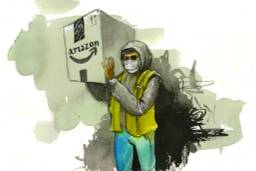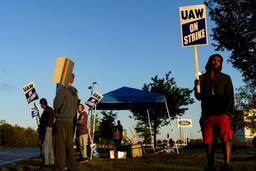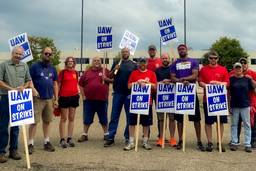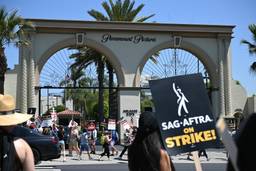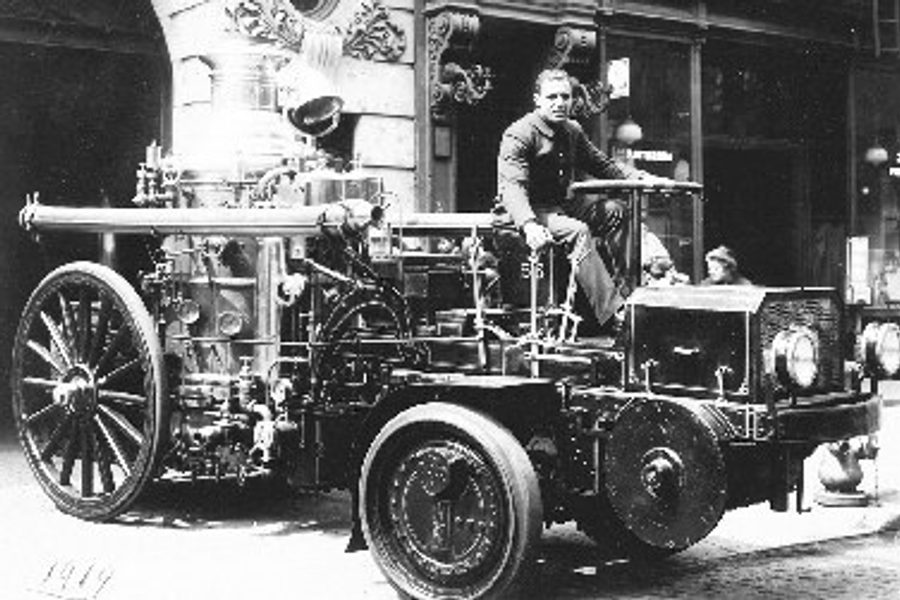
New York City’s firefighters have been embroiled in racial and ethnic politics throughout their history, and the Fire Department’s latest civil rights controversy has stoked a political standoff and a hiring freeze.
The FDNY is still reeling from a federal court ruling in August that put firefighters at odds with anti-discrimination law. The judge ruled that the Department’s recent hiring exam was systematically discriminated against Black and Latino candidates.
But to accommodate the need to hire new personnel, the court offered the city the option of initiating an interim hiring process, as long as the procedures were not discriminatory. The city has so far refused. So now, a long line of frustrated aspiring firefighters remain in limbo, denied a fair shake at obtaining a coveted spot in the ranks of New York’s Bravest.
The Center for Constitutional Rights and lawyers representing the Vulcan Society, an association of Black firefighters, accused the FDNY of obstruction:
We had searched for the least disruptive, least discriminatory, and most fair ways to hire this class. Judge Garaufis, rather than forcing any one method on the City, opted to give it the choice to select the method it preferred. Instead, the City continues to obstruct any efforts at collective resolution and drag its feet when it comes to diversifying the firefighter workforce.
This suit is in some ways the inverse of the famous Ricci v. DeStefano case, in which a group of mostly white firefighters in New Haven sued over the city’s rejection of exam results that might have invited charges of racial discrimination. In New York City, advocates for Black firefighters charged that the city’s exam process effectively imposed racial barriers.
The controversy is especially heated not just because of firefighters’ status as urban folk heroes, but because the bias at play here isn’t blatant racism but a more subtle intransigence that’s embedded in the institution’s cultural mindset.
While the FDNY’s defenders posture themselves as victims of political correctness, the crux of Judge Garaufis’s ruling was fundamentally not about constructing a race-conscious hiring process, but rejecting tests that simply don’t do their job:
The City has not shown that the current examination identifies candidates who will be successful firefighters. Because the test questions do not measure the abilities required for the job of entry-level firefighter, the examination cannot distinguish between qualified and unqualified candidates, or even between more and less qualified candidates…. What the examination does do is screen and rank applicants in a manner that disproportionately excludes black and Hispanic applicants. As a result, hundreds of minority applicants are being denied the opportunity to serve as New York firefighters, for no legitimate or justifiable reason.
The FDNY’s problem is that it can’t really justify why its squad bears so little demographic resemblance to the city it serves. While Blacks and Latinos make up only 4 and 7 percent of the city’s firefighters respectively, the plaintiff’s lawyers point out, “More than half of Los Angeles and Philadelphia’s firefighters, and 40 percent of Boston’s are people of color.”
The only reasonable explanation appears to be a latent tolerance, if not active defense, of an entrenched white majority. Below the surface lies a complex fraternal subculture rooted in the sinewy traditions of Old New York, when fire companies operated more like ethnic gangs than a government agency.
Today, the FDNY may function more or less as part of the city’s vast bureaucracy, but its resistance to court-ordered reform betrays an arrogance grandfathered from an earlier time. With their refusal to institute an interim hiring process, they’ve apparently decided that for now, they’d rather put up a good fight, than work with the community to figure out a way to sustain its ranks without violating civil rights. Old habits are hard to extinguish.

I hope you found this article important. Before you leave, I want to ask you to consider supporting our work with a donation. In These Times needs readers like you to help sustain our mission. We don’t depend on—or want—corporate advertising or deep-pocketed billionaires to fund our journalism. We’re supported by you, the reader, so we can focus on covering the issues that matter most to the progressive movement without fear or compromise.
Our work isn’t hidden behind a paywall because of people like you who support our journalism. We want to keep it that way. If you value the work we do and the movements we cover, please consider donating to In These Times.
Michelle Chen is a contributing writer at In These Times and The Nation, a contributing editor at Dissent and a co-producer of the “Belabored” podcast. She studies history at the CUNY Graduate Center. She tweets at @meeshellchen.



